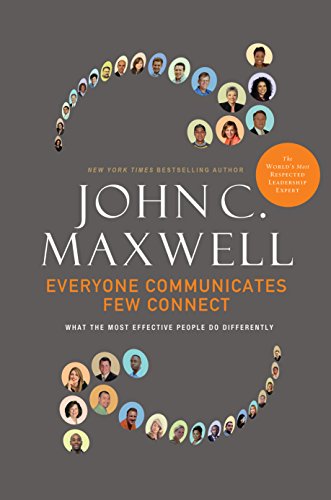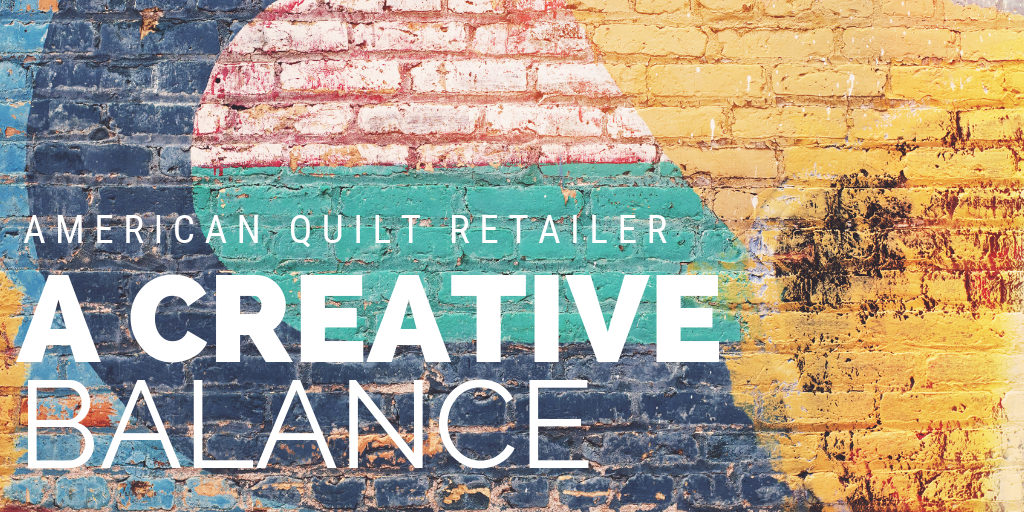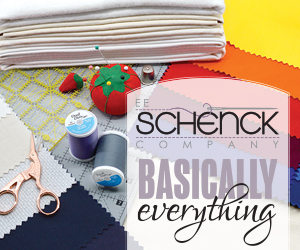
Owning a small business is a dream come true for most of us. But what happens when uncertainty seeps into that dream?
If you think you’re alone in that feeling, don’t worry—because you’re not.
Uncertainty happens to everyone no matter if they’re living the dream or on their way there. Anytime something becomes comfortable to us, uncertainty will inevitably find it’s way.
So what should you do about it? Essentially, it comes down to two options.
- Fear it.
- Embrace it.
I won’t even spend time going over the possibilities of fearing uncertainty, because we all know that fear doesn’t lead to productivity.
Embracing uncertainty is easier said than done, but thankfully we were instilled with one tool to combat it; reflection.
Reflecting on the past can help us remember the other times you faced uncertainty in the past and came out for the better.
Reflection can also help to identify uncertainty when it starts to come back. Identifying uncertainty provides a concrete thing to wrap your head around so you can take care of the problem sooner.
Once you have identified uncertainty, then that you can start embracing it. But what does embracing uncertainty look like?
Well, it looks a lot like how a child plays.
Embracing uncertainty releases your inner child, and although the feeling of unfamiliarity may be uncomfortable at first, it is what made us into the people we are today.
Trial and error, trying something and having the world as our playground with infinite things to learn can be more exciting than uncertainty is frightening.
At the end of this process you can go back to doing what you love! Life is a cycle of ups and downs and it’s getting through the downs that make the ups so much better so you can go back to doing (and enjoying) what you love.
If you’re interested in more information on this topic, check out this blog.
If you’re looking for more information to guide you in owning a retail business, subscribe to American Quilt Retailer today. Already a subscriber? No worries—join our Facebook group for insights and dialogue from industry specialists like you.
















 Quilts, Inc. is offering a new conference at Quilt Market 2019 titled Threads of Success.
Quilts, Inc. is offering a new conference at Quilt Market 2019 titled Threads of Success.












